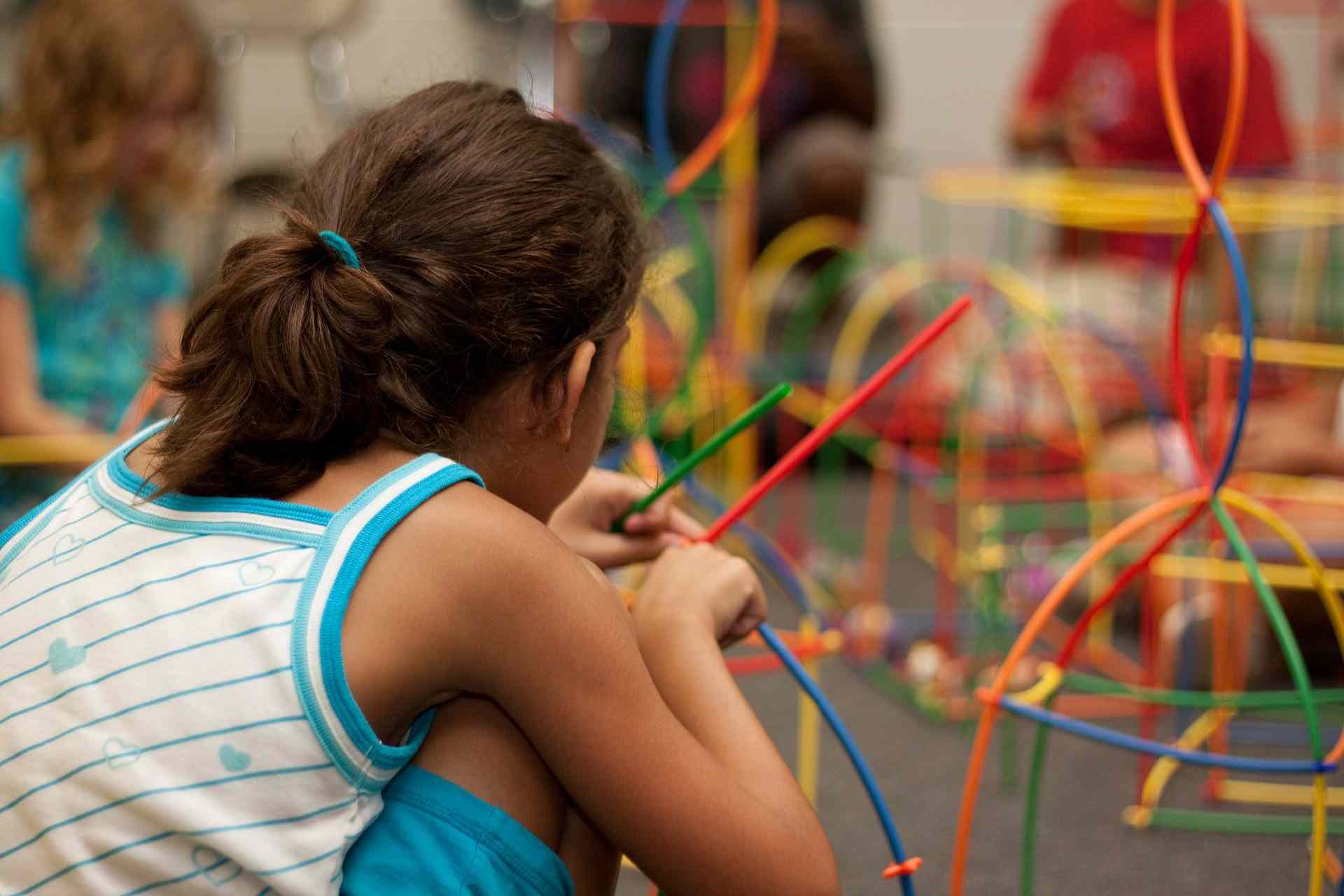
Key Life and Healthy Living Skills Children Must Be Taught At School
“In a constantly changing environment, having life skills is an essential part of being able to meet the challenges of everyday life,” Macmillan Education.
The physical, intellectual, emotional, and social capabilities of adolescents are very high. Despite that, the children fail to utilize these capabilities to their maximum potential due to several reasons. Children face many issues such as poverty, bullying, depression, drug abuse, alcoholism, sexual abuse, and many more, that can inhibit their capability of learning core healthy living skills and can have an adverse effect on them.
In a data and technology-driven world, educators put most of the focus on developing a comprehensive STEM-based (Science, Technology, Engineering, and Math) curriculum so that it can prepare the students for their courses and also help them pursue promising careers in the future. However, healthy living skills also play a major role in the overall development of a young adult.
Life skill education trains the students to make wise and good decisions and solve problems in their academic as well as professional lives. Therefore, it plays a critical role in the overall education and development of a child. Researchers have found that a quality life skills education program bridges the gap between a person’s capabilities and performance. This, in turn, helps the individual to meet the demands and needs of the society and his/her personal life.
What is Healthy Living Skills Education?
Life skills, or healthy living skills, can be considered as the building blocks that enable a student to apply the knowledge that he/she gained in school, to real-life situations and problems. Basically, life-skills training equips a student with the ability to approach an issue from different angles for finding a solution. Apart from practical problems solving skills, healthy life-skills education also teaches a young adult on how to communicate effectively with juniors, peers, and adults. Therefore, this knowledge is as important as academic knowledge, which is why all schools must introduce healthy life-skills education in their curriculum.
Life skills are not just restricted to impressing a potential employer or choosing what you want to major in. It goes well beyond that as it equips children to be independent thinkers and survivors. It helps them to socialize, make friends, and take practical decisions to resolve or escape any trouble or dangerous situations, even when teachers or parents are not around to intervene or help. Some examples of essential life-skills include:
Decision-Making Skills: In a comprehensive healthy life-skills education program, students learn how to assesses a risky situation and follow a systematic process of decision making in order to mitigate the danger or escape it altogether.
Drug Resistance Skills: It has been seen that most adolescent school students are pressurized into taking the drug by their peers in an attempt to “fit in” or be a part of the cool kids’ group. While learning drug resistance skills, the young adults are taught how to avoid, refuse, and leave a situation where they are being pressurized into using drugs or alcohol.
General Social Skills: In here the students learn how to communicate effectively in order to avoid misunderstandings, and also how to acquire help from their neighbors and community when needed.
Self-Management Skills: As we grow up, our anxiety and stress increase due to the various pressures of life. Young adults, who would have to step into such real-life situations in a few years, must be taught how to cope with and manage anxiety and stress, personal and professional challenges, and effectively manage their emotions. All of these fall within the purview of self-management.
Critical Thinking Skills: This is one of the most important life-skills all students must learn. Critical thinking skills help a person to go in depth and analyze a situation or impulse to determine its veracity and long-term consequences. This particular healthy living skill helps adolescents challenge common misconceptions regarding alcohol, drug, and tobacco use and how media portrays them to the consumers.
Benefits of Healthy Living Skills Education in School
Given that children spend a majority of their time at school for many years of their life, every school must introduce a healthy living skills program along with the regular academic curriculum. This training, over time, will help young adults develop sound decision-making skills along with good habits for long-term stability, success, and well-being.
Teachers can employ different activities that can be used to impart life-skills training to the students. Some of the activities that can be undertaken in the classroom are:
- Brainstorming:
This activity enables the students to think spontaneously and quickly to come up with ideas. Students must be presented with situations that demand them to think creative and out-of-the-box. Once the students present their ideas on how to manage a situation, the class as a whole can discuss the pros and cons of the solution, to make improvements and verify how viable it is. - Discussions:
Classroom discussions help students to bond with each other and practice working together as a team to solve problems. This helps in students learning critical thinking skills, to thoroughly and independently analyze and understand a topic and its related issues. - Role Playing:
Role playing is an activity that offers two benefits rolled into one. It is a fun activity for the students to partake in and an excellent way to practice the life-skills they learned in class. Role playing can help the students handle potential real-life situations, feel empathy for others, and get an in-depth look into their own feelings in a safe environment among peers and friends.
In Conclusion
Healthy life-skills education is a core component of a student’s overall education and holistic learning, as it helps them acquire reasoning and problem-solving abilities for real-world situations. To provide an adolescent with a well-rounded education, schools must incorporate quality life-skills training programs in the classes from a young age onwards.
